Male vs Female Cats: Which Cat Should I Adopt?
Find out how these cats compare and which is right for you.
Find out how these cats compare and which is right for you.
by Courtney Elliott, | March 19, 2024
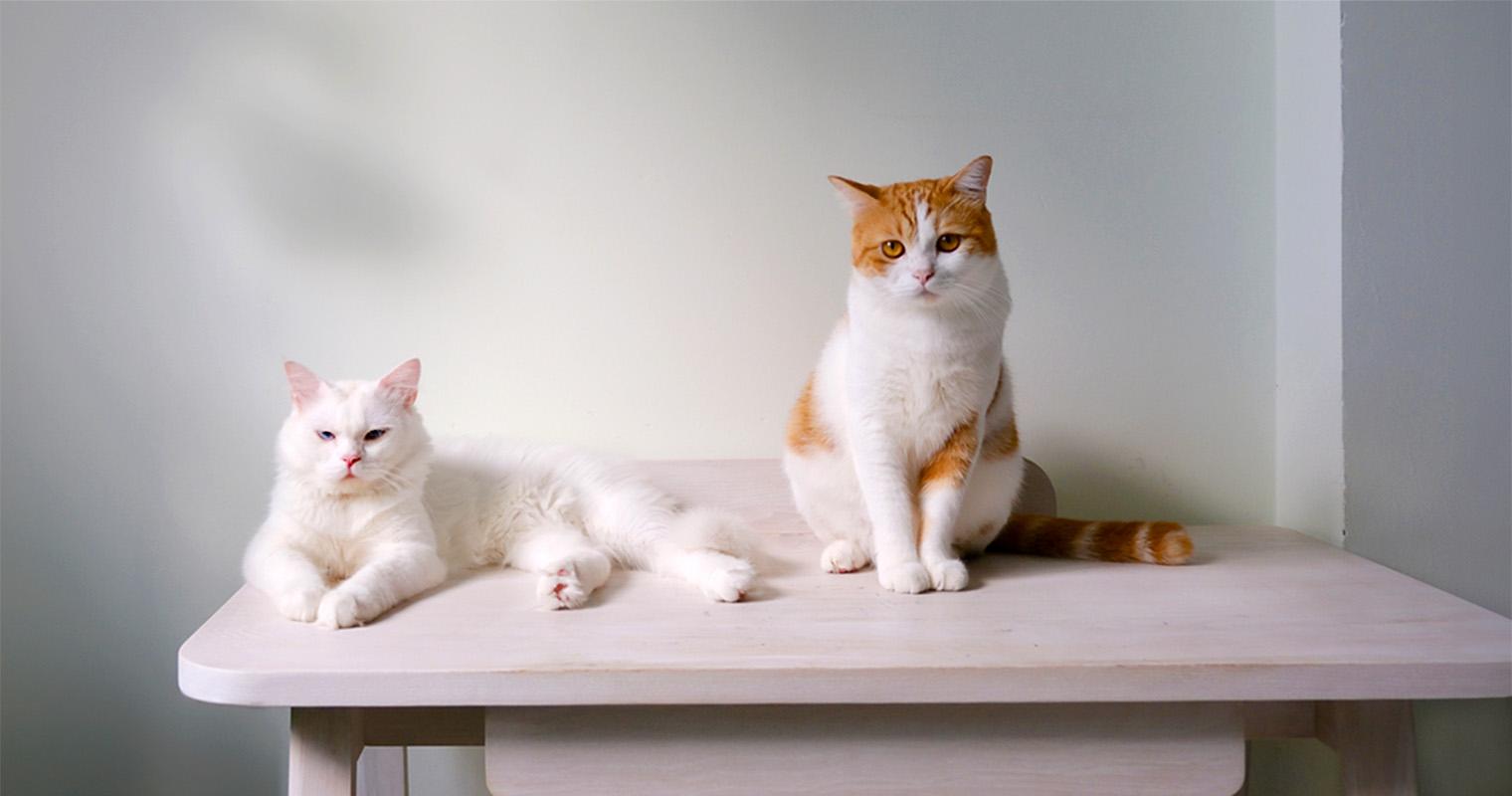
Jeremiah Le / Stocksy
If you’re deciding between adopting a male or female cat, there are some key considerations to keep in mind. While both male and female cats make wonderful companions, they may exhibit distinct traits that could influence which feline you choose. Understanding these nuances can help you choose the cat that aligns best with your lifestyle and preferences.
When looking at the difference between male and female cats, factors like appearance, behavior, lifespan, health, and care requirements all play crucial roles in making an informed decision. Each gender comes with its own set of characteristics, and considering these aspects will guide you towards choosing a cat that not only fits seamlessly into your household, but also becomes a cherished and compatible member of your family. Let’s break down the main differences between male and female cats so when it comes time to adopt, you have a general idea of what you can expect from your feline companion.
From distinct behaviors to unique care requirements, understanding the characteristics that make male and female cats unique is key to ensuring the best possible companionship. You’ll notice subtle distinctions in appearance, behavior, and health, and more — and many of these traits are more apparent in intact cats compared to cats who have been spayed or neutered.
When it comes to the appearance of male and female cats, there are subtle yet distinctive features that set them apart. Male cats, on average, tend to be larger, showcasing a robust physique and bigger heads. Intact males, in particular, may exhibit large, rounded heads with noticeable jowls, emphasizing their masculinity. On the other side of the spectrum, females generally reach their adult weight earlier but maintain a lighter overall weight compared to their male counterparts. With all that said, the breed of the cat plays a strong role in determining physical features, regardless of sex.
When it comes to coat color, there are some hues that tend to be more popular in a certain gender. For example, the vast majority of orange cats are male. On the other hand, most calico cats — a pattern characterized by a mix of white, black, and orange fur — are female. These captivating nuances in appearance contribute to the uniqueness of each cat.
When it comes to feline behavior, sex and reproductive status play a strong role, and we see certain patterns emerge. Males tend to be more territorial than females. They often exert their territorial nature through aggression or spraying, which is when a cat marks their territory by urinating. Neutering can reduce this behavior significantly, although it can be difficult to get rid of it for good. Both research and anecdotal evidence hint at males being more affectionate, active, and playful than females, although this can heavily depend on the individual cat.
Females often display a calmer demeanor than males, but tend to be more cautious around strangers and other cats. Female cats also tend to be more vocal than male cats. When it comes to training and obedience, there is no difference between male and female cats.
There are some subtle differences when it comes to the lifespan of male and female cats, but it’s important to note that a cat’s lifestyle has the biggest impact on health and longevity. In general, female cats live longer than male cats, however, the lifespan of both genders decreases if they’re not spayed or neutered. When looking at male cats, intact males tend to engage in more roaming and fighting, putting them at higher risk for injuries and infections. Intact female cats are more prone to certain diseases. Both genders face inherent danger and shorter lifespans if they live outdoors. Ultimately, other than spay/neuter status, the longevity of cats is closely tied to their access to routine veterinary care and vaccinations — unvaccinated and medically neglected cats typically have shorter lifespans.
When it comes to the health and care of male and female cats, gender plays a pivotal role, especially in the context of spaying and neutering. Intact females have specific health risks, with an increased likelihood of developing mammary cancer and uterine infections. To mitigate these risks and promote overall well-being, spaying becomes a crucial aspect of feline care. Spaying not only eliminates the potential for unwanted litters, but also contributes significantly to preventing these health issues in female cats. Similarly, for males, neutering not only helps control population growth, but also addresses behavioral aspects, reducing territorial marking and potential aggression. Embracing these preventive measures ensures a longer, healthier life for our cats, emphasizing the importance of gender-specific considerations in their overall health and care.
Both male and female cats can make excellent companions, and the best cat for you will depend on a variety of factors. If you prefer a more active and affectionate feline, a male cat may be right for you. Although, you may need to contend with territorial behaviors like aggression and spraying. While these can be mitigated through neutering, there’s not a guarantee that they’ll go away completely.
On the other hand, if you’re drawn to a calmer and potentially more reserved demeanor, a female cat might be a better fit. Keep in mind that female cats tend to be more wary of strangers and other cats, so if you already have a cat in your household, this is something to consider. You can also expect more “meows” and chirps coming from a female cat.
It’s essential to consider the individual personality of each cat, as well as their unique needs and characteristics. Regardless of gender, both males and females are equally trainable, loving, and capable of forming deep bonds with their human counterparts. Ultimately, the key lies in understanding your own preferences, lifestyle, and the specific traits that resonate with you, ensuring a fulfilling relationship with your chosen feline friend.
Male cats tend to be more affectionate than female cats; however, this can depend on breed, reproductive status, and lifestyle. It’s essential to note that individual personalities play a significant role, and there are affectionate female cats as well. Factors such as early socialization, human interaction, and the cats overall environment also contribute to their affectionate behavior.
While male cats, especially those who are intact, tend to display more aggression than female cats, it’s important to recognize that individual temperament varies. Neutering male cats is an effective way to mitigate aggressive behaviors and promote a more peaceful coexistence. Additionally, early socialization, positive experiences, and a secure environment can contribute to a well-behaved and non-aggressive cat, regardless of gender.
No, male cats do not go into heat. Female cats experience estrus or “heat” cycles, typically starting around six months of age and recurring every two to three weeks during the breeding season. During heat, female cats display behaviors such as increased vocalization, restlessness, and a desire for attention from male cats. Male cats, however, are generally capable of mating throughout the year, and their reproductive behaviors are not influenced by a specific heat cycle.
Male cats can start spraying as early as six months of age, particularly if they have reached sexual maturity. However, the onset of spraying behavior can vary among individual cats. Neutering is a common method to prevent or reduce spraying behavior in male cats.
No, not all orange cats are male; however, the vast majority are. The gene responsible for the orange color, known as the “ginger gene,” is located on the X chromosome. Since females have two X chromosomes, they require two copies of this gene to become ginger, while males need only one. This results in approximately three male ginger cats for every one female ginger cat.
Male cats can still spray after being fixed. While neutering can significantly reduce spraying behavior, there’s no guarantee that it will eliminate it completely.
Reliability and Validity of Seven Feline Behavior and Personality Traits
Longevity and mortality in cats: A single institution necropsy study of 3108 cases (1989–2019)
Effects of prepubertal gonadectomy on physical and behavioral development in cats

Courtney Elliott, a proud Cleveland native living in Manhattan, blends her decade of writing and editing expertise with her unshakable devotion as a pet parent to her French Bulldog, Gus. When she’s not at her desk, you’ll find her frolicking in Central Park or engrossed in a good book at a local coffee shop.
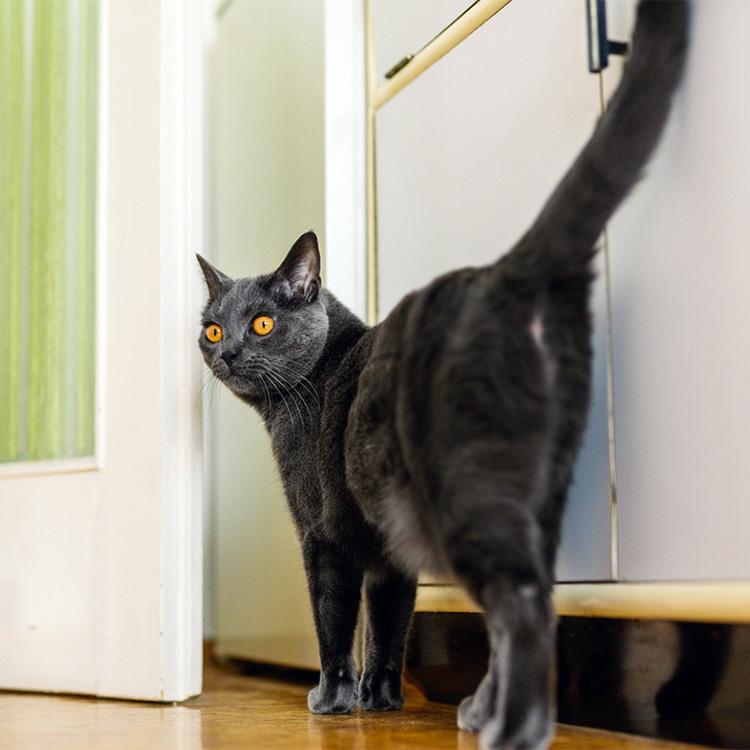
Behavior & Training
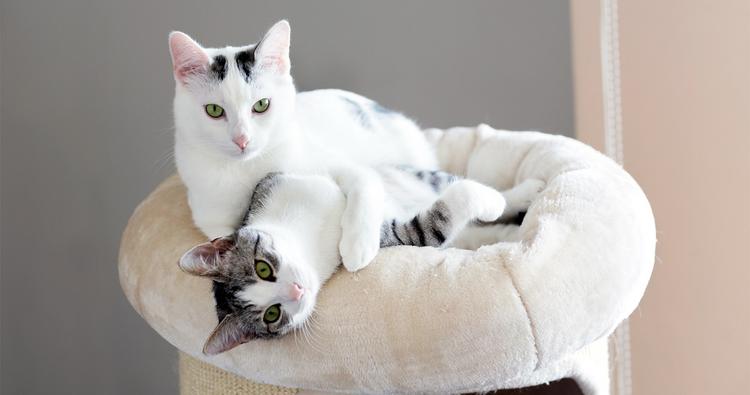
Behavior & Training
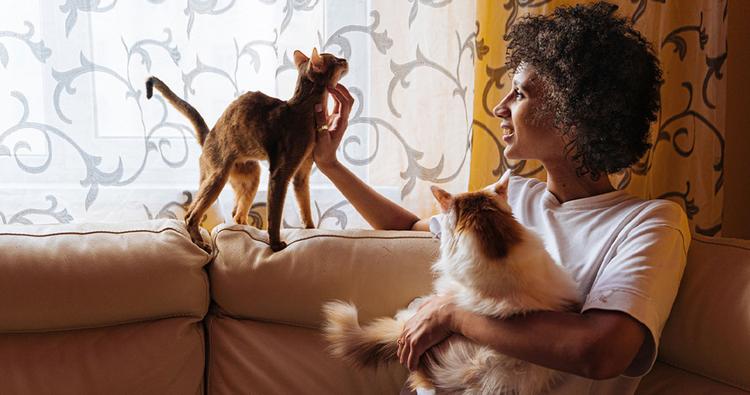
Adoption Advice
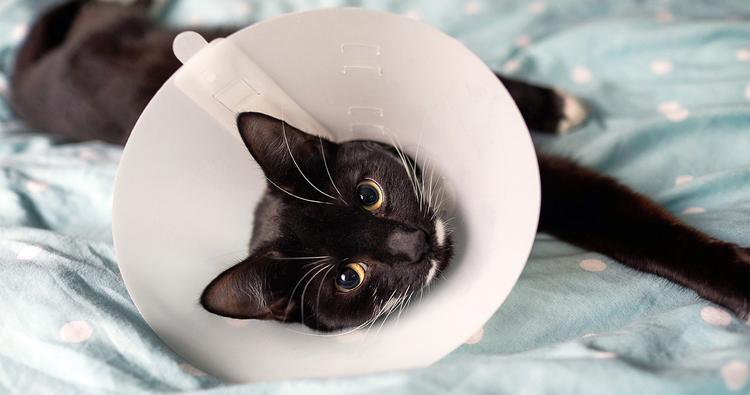
Adoption Advice
Keep your pet healthy and control overpopulation. Find out why spaying or neutering is a smart choice for your furry friend and the community.